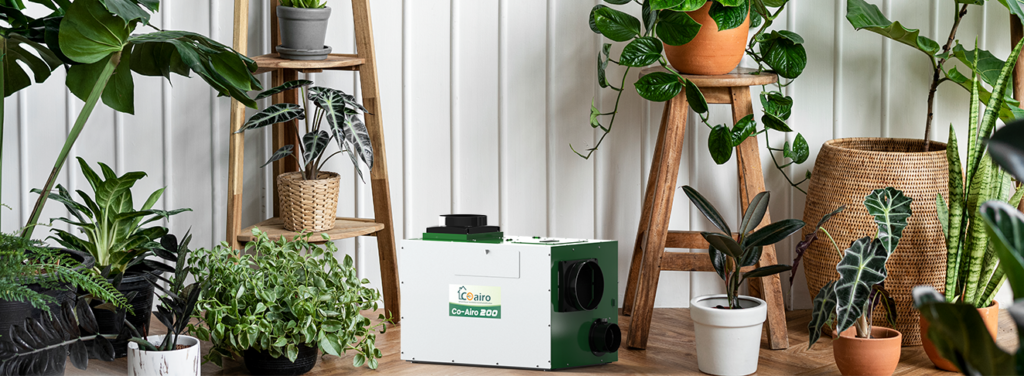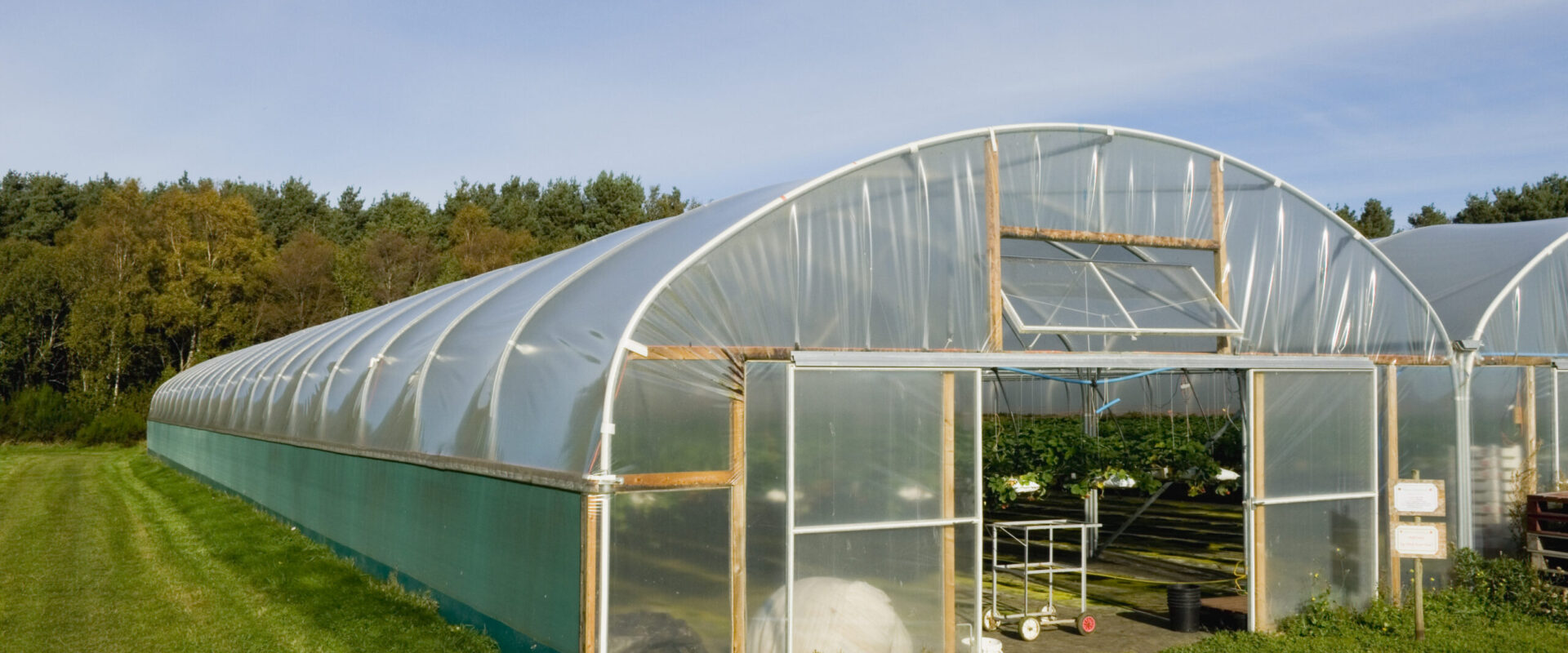
Do Your Greenhouses Really Need Ventilation?
You might notice that your greenhouse plants are healthy and refreshing, however they can be overheated on hot summer days. This is because greenhouses become hot on sunny days whether it is made of glass or plastic.
The excessive heat affects the growth of your plants. That’s why you need proper ventilation and shedding.
In this guide, we’ll explain greenhouse ventilation, why it’s so important for healthy plant growth and the best way to vent your greenhouse effectively.
Why Do Your Greenhouses Need Ventilation?
When your greenhouse is completely sealed and there is not enough ventilation, the CO₂ inside can drop during the day as the plants use it for photosynthesis. If CO₂ gets too low, plants can’t make enough sugars, which slows their growth and lowers their yield. Good ventilation brings in fresh air with normal CO₂ levels (~400 ppm) to replace the used-up air, keeping enough CO₂ for plants to grow at their best.
We know how a greenhouse works i.e. capturing solar radiation to create a warm environment for plant growth. However, on sunny days, the greenhouse becomes too hot as the heat accumulates rapidly. This raises internal temperature by more than 5°F within a minute under direct sunlight.
Greenhouses ventilation prevents overheating inside the structure on hot days by removing hot air. Many plants are heat sensitive as they stop growing in such an overheating environment. Fresh air circulation maintains the right temperature for the plants inside the structure.
Benefits of Greenhouse Ventilation You Should Know
Greenhouse ventilation helps you create the ideal environment inside, and it extends your growing seasons, giving you high yield with good quality. Here are some of the many benefits of greenhouse ventilation;
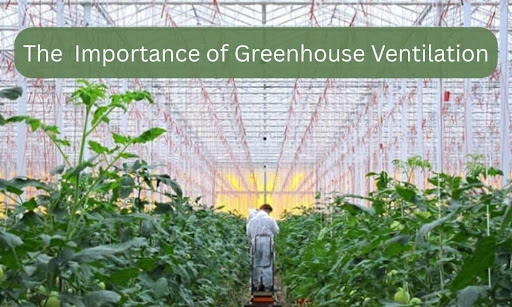
Preventing Pests and Disease
Many greenhouse pests, such as aphids and whiteflies, thrive in warm, humid and stagnant air. Good airflow helps deter these conditions, creating a less favorable environment for infestation and spreading of diseases.
Humidity Control
Greenhouse ventilation maintains the humidity levels inside the structure. Humidity helps in the process of nutrients absorption and soil structure formation in dry climates. However, if humidity increases above a specific level, it can lead to certain diseases such as fungal, waterlogging or root rot. So ventilation helps in maintaining the humidity.
Strengthening Plants
A gentle, consistent flow of air helps strengthen plant stems and encourages sturdier growth. In contrast, stagnant environments can result in weak, leggy plants that are more prone to breakage and pest problems.
Aid in Pollination
By consistent airflow from outside to inside, plants easily pollinate as air brings pollen. Also, this air improves self pollinators like greenhouse varieties of tomatoes.
Do Greenhouses Need Ventilation in Winter
Greenhouse ventilation helps you create the ideal environment inside, and it extends your growing seasons, giving you high yield with good quality. Here are some of the many benefits of greenhouse ventilation;
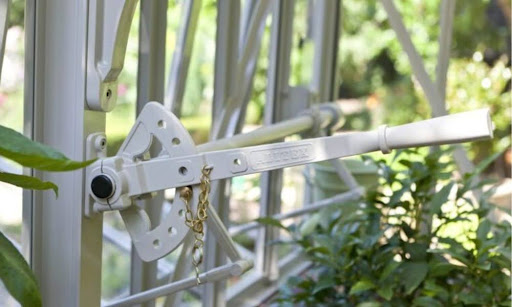
Prevent Too Much Humidity and Mold
Even in cold weather, plants still release water into the air. If your greenhouse isn’t ventilated, the air can get very humid, creating a damp environment where mold, mildew and other fungal problems can thrive. Winter makes this worse because cooler temperatures slow down evaporation. Letting some fresh air in helps lower humidity and keeps your plants healthy.
Keep Fresh Air and CO₂ Flowing
Plants need carbon dioxide (CO₂) to grow. In a completely sealed greenhouse, CO₂ can run low which can slow plant growth. Even small vents can bring in fresh air, making sure your plants get enough CO₂. This is especially important if your greenhouse is packed with plants.
Prevent Cold Spots and Frost Damage
You don’t want to lose too much heat in winter, but a little ventilation helps spread the warmth evenly. Without airflow, cold pockets can form near the roof or walls, which can harm sensitive plants. Gentle ventilation keeps the air moving and helps maintain a more even temperature throughout the greenhouse.
The ventilation needs changes with the seasons. In summer when environment temperature is high, greenhouse ventilation should work at higher efficiency and productivity to low temperature. However in winter, the greenhouse needs less ventilation as the greenhouse needs warmth inside.
3 Ways to Vent Your Greenhouse
There are common methods for ventilation in a greenhouse. Let’s explain each method in detail so you understand which is right for your greenhouse ventilation needs.
Natural Ventilation: Roof and Side Vents
This is one of the simplest and most energy efficient methods as it relies on temperature differences and wind:
Roof Vents: Hot air rises, so roof vents allow warm air to escape and reduce overheating.
Side Vents: Cooler air enters through side vents, creating airflow that circulates throughout the greenhouse.
Placement Tip: Ensure vents are positioned to encourage cross-ventilation, avoiding stagnant pockets of hot or humid air.
Natural ventilation is ideal for small to medium-sized greenhouses and requires minimal energy but airflow may vary depending on weather conditions.
Mechanical Ventilation: Fans and Exhaust Systems
For larger greenhouses or controlled environments where aggressive ventilation is needed, you can incorporate mechanical ventilation. This is carried out through;
Exhaust Fans: Pull hot air out, creating negative pressure that draws in cooler air from intake vents.
Circulation Fans: Distribute air evenly, preventing temperature and humidity gradients.
Automation: Many modern systems include thermostats or humidity sensors that automatically adjust fan speed for optimal conditions.
Mechanical ventilation ensures consistent airflow, making it suitable for commercial greenhouses or climates with limited natural wind.

Combining Ventilation Methods
To get the most effective greenhouse ventilation that is both efficient and cost effective, you can use a combination of natural and mechanical ventilation:
Use roof and side vents to allow passive airflow during mild conditions.
Activate fans during hot days or when humidity rises above safe levels.
Consider automatic vent openers or sensor-controlled fans to maintain precise environmental control.

How to Vent A Small Greenhouse?
Ventilating a small greenhouse is simple but important for keeping air fresh and temperatures stable. You can install one or two roof vents at the highest point so hot air can escape easily. Add side vents to let cooler air flow in and create cross-ventilation.
If your greenhouse is tightly sealed, use circulation fans to move air evenly throughout the space. A small, low-speed fan helps prevent heat and humidity from building up in one area. Just make sure the fan isn’t blowing directly on your plants as this can cause them to dry out too quickly.
With these small adjustments, even a compact greenhouse can maintain steady airflow and a healthy growing environment.
Maintain Balanced Airflow with Coairo Grow Room Dehumidifiers
Even with good ventilation, humidity can build up in greenhouses, especially on hot or rainy days. Coairo Grow Room Dehumidifiers work alongside your ventilation system to keep air fresh and humidity stable.
They remove excess moisture that fans can’t handle, preventing mold, root rot and pest problems. Designed for continuous performance, these dehumidifiers maintain ideal conditions for photosynthesis and steady plant growth.
Whether it’s summer or winter, balanced humidity keeps plants stronger and yields higher. Visit Coairo.com to explore professional grade dehumidifiers made for modern growers.
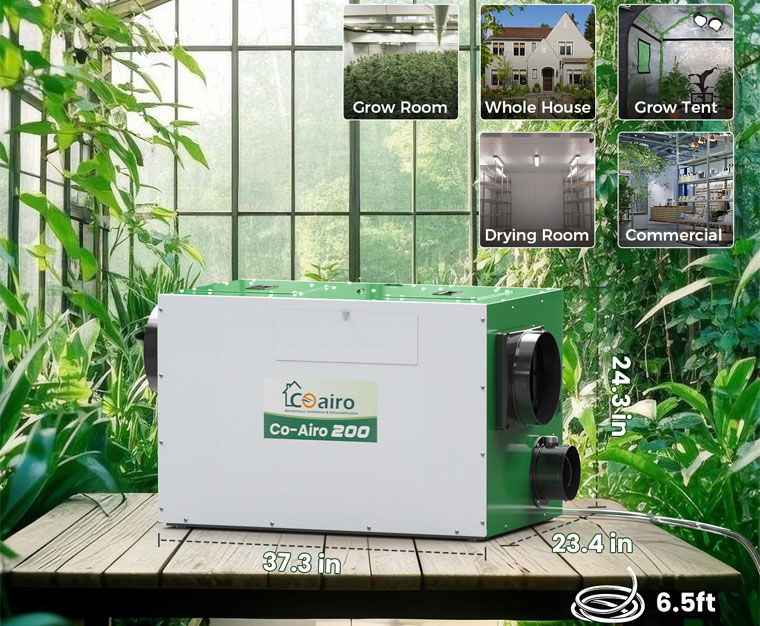
Conclusion
Good ventilation provides a healthy environment for plant growth in your greenhouse. The ventilation makes sure that plants receive required CO2 for photosynthesis.
Greenhouse ventilation also helps to regulate temperature, humidity control and pest control. You can opt for natural or mechanical ventilation depending on environment conditions.
By following optimal greenhouse ventilation practices, you can make your greenhouse a healthy place for plant growth.


